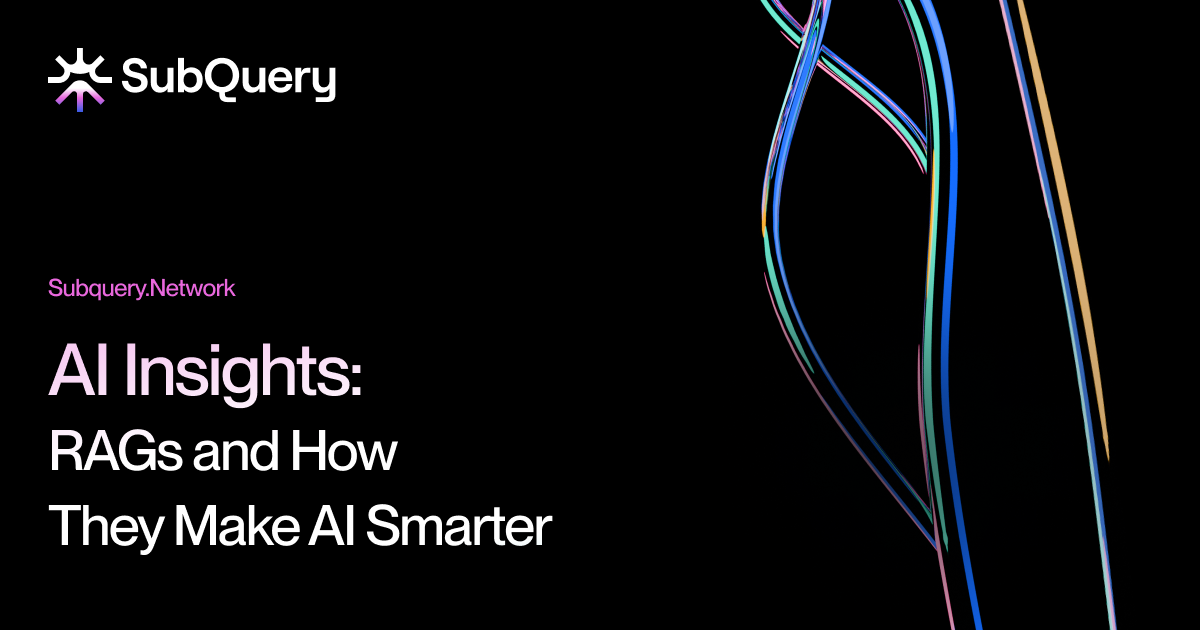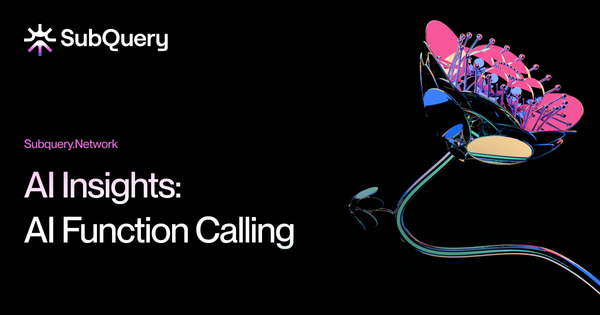As artificial intelligence (AI) continues to revolutionise industries, there's growing interest in techniques that improve the way AI systems learn, reason, and deliver answers. One such method is RAG—Retrieval-Augmented Generation.
RAG is rapidly becoming a key enabler of intelligent AI interactions by enhancing both contextual understanding and accuracy. Let’s explore what RAGs are, how they work, and how they empower the latest AI models to provide smarter responses.
What are RAGs?
Retrieval-Augmented Generation (RAG) is a smart AI technique that makes responses more accurate by combining two things:
- Generative AI (like what large language models, or LLMs, do)
- Real-time data retrieval from sources like databases, documents, or websites.
Instead of relying only on what the AI learned during training, RAG allows it to fetch fresh, relevant information on the spot during interactions. This ensures that the AI gives accurate and up-to-date answers, even if the information has changed since it was trained.
In summary, RAG provides a knowledge base outside of the LLMs training data. This means that an AI agent can provide specific information about a dataset or have expertise in a certain area. With regular AI, the system only knows what it learned during training — kind of like a student studying for a test, a RAG-powered AI is smarter because it doesn't just rely on old information.
How RAGs Provide Context to AI
One of the biggest challenges with AI models is maintaining context, especially in conversations or specialised tasks. For example, if you ask an AI agent to summarise the introduction of your report, it needs to know the context of what your report is. A RAG-enabled model solves this by pulling contextual information from external sources in real-time. Here’s how it works:
Contextual Responses: If an AI model is asked about a specific topic—like a project’s technical documentation—the RAG system retrieves data from the relevant sources (e.g., SubQuery documentation) and incorporates it into the answer.
Reducing Hallucination: Large language models can sometimes produce inaccurate responses as it tries to “guess” at the best answer. RAG systems minimise these errors by grounding the responses with factual data retrieved from trusted sources.
On-Demand Learning: AI doesn’t need to know everything in advance. It can access domain-specific knowledge—like financial reports, legal guidelines, or proprietary data—whenever required, making the interaction more precise and efficient.
Real-World Examples of RAG in Action
RAG is already being used across various industries to enhance AI capabilities. Here are some common examples:
Customer Support Bots: AI chatbots use RAG to retrieve knowledge from internal FAQs and product manuals. This allows them to provide users with instant answers to complex questions, improving response accuracy and customer satisfaction.
DeFi and Web3 Platforms: For blockchain projects like SubQuery, developers can integrate RAG-enabled AI systems to pull the latest documentation or blockchain data, ensuring that responses to technical queries reflect the most up-to-date information.
Healthcare Assistance: Medical AI applications retrieve clinical guidelines and patient data on the fly to offer more accurate recommendations to healthcare professionals.
Legal Research Tools: RAG-powered AI systems fetch relevant laws, regulations, and case histories, saving lawyers valuable time by streamlining research.
Are the Latest AI Models Using RAG?
All the latest large language models (LLMs), including OpenAI’s GPT models, Google’s Bard, and Meta’s Llama, are capable of utilising RAG to provide enhanced services. The shift towards retrieval-augmented systems reflects the growing need for context-aware, accurate AI responses—especially as these models are increasingly used in professional, educational, and financial domains.
Moreover, tools like LangChain and LLM-powered plugins allow developers to build RAG-based solutions tailored to specific industries. As the demand for intelligent automation grows, RAG will play a critical role in the evolution of AI technologies.
Why RAGs Matter for the Future of AI
The integration of RAG systems ensures that AI can keep pace with the ever-changing world. Traditional models are limited by their pre-training data often which is captured months before the model completes training, but RAG unlocks the potential for AI to remain relevant, accurate, and reliable over time. This is particularly important in dynamic fields like Web3, where the technology and standards evolve rapidly.
As the world embraces AI-augmented applications, RAG will enable systems to perform complex, specialised tasks that require constant access to external knowledge. Whether it's providing real-time updates, accessing proprietary datasets, or ensuring compliance with the latest regulations, RAG will remain an essential tool in the AI toolbox.
Conclusion
RAG represents a significant leap in the field of AI, allowing systems to retrieve real-time information from external sources and generate responses that are both contextual and precise. By combining the strengths of generative models with external knowledge retrieval, RAG reduces errors, ensures relevance, and enhances the usability of AI applications across industries.
Developers looking to harness the power of RAG can explore the latest AI technologies and integrate retrieval systems to build smarter, more responsive applications—ensuring that their AI solutions remain ahead of the curve in an ever-changing digital landscape.
About SubQuery
SubQuery Network is innovating web3 infrastructure with tools that empower builders to decentralise the future - without compromise. Our flexible DePIN infrastructure network powers the fastest data indexers, the most scalable RPCs, innovative Data Nodes, and leading open source AI models. We are the roots of the web3 landscape, helping blockchain developers and their cutting-edge applications to flourish. We’re not just a company - we’re a movement driving an inclusive and decentralised web3 era. Let’s shape the future of web3, together.
Linktree | Website | Discord | Telegram | Twitter | Blog | Medium | LinkedIn | YouTube




